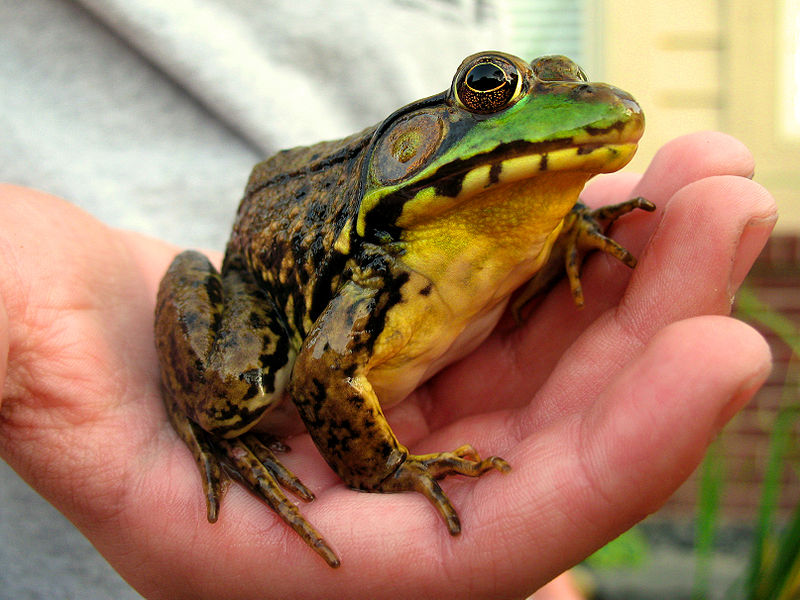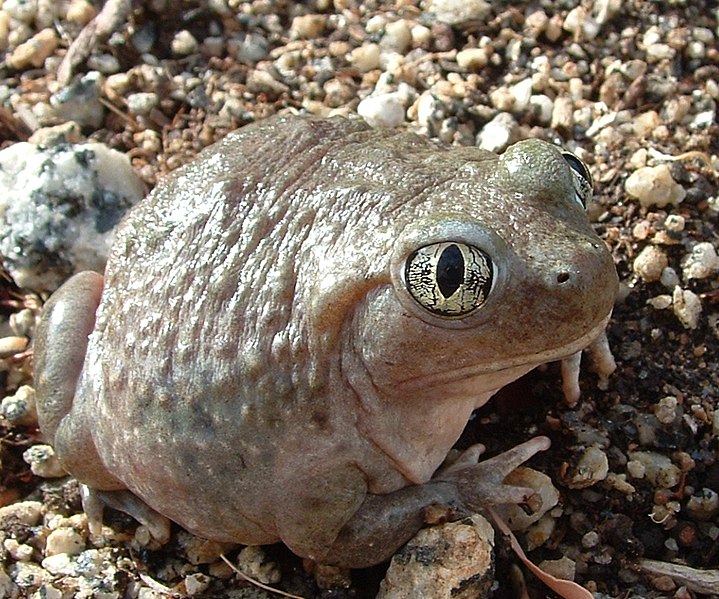In Part I of this article we reviewed some general points to consider when choosing a substrate – moisture retention, suitability for burrowing and so forth. Today I’ll examine specific types of substrates more closely.
A Note on Substrate Ingestion
We do not fully understand why captive animals sometimes suffer intestinal blockages after swallowing substrates that they likely consume in the wild without incident. It may be related to the consistency of the foods they eat, hydration levels, health or even micro-nutrient intake (for example, Calcium is essential for proper muscle contraction…a deficiency may affect the passage of food through the digestive tract). Read More »
 That Reptile Blog – Reptile, Amphibian and Exotic Pet Care and Information
That Reptile Blog – Reptile, Amphibian and Exotic Pet Care and Information




